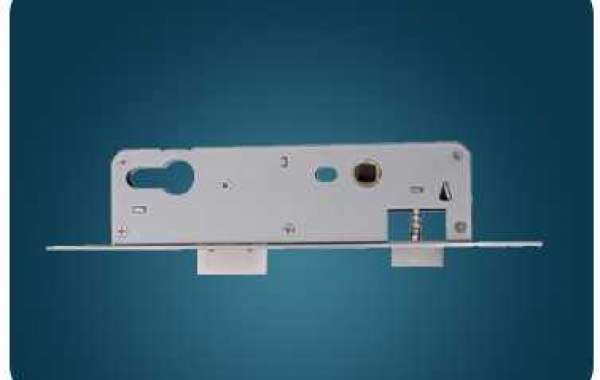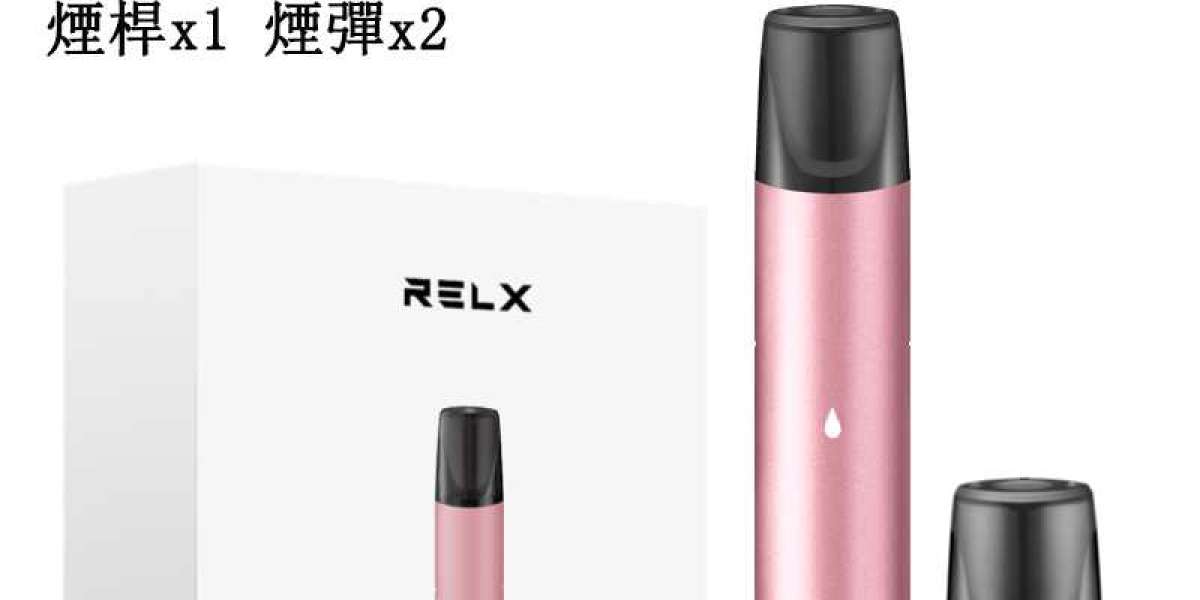One of the important tips for Window Safety Week recognizes the use of proper hardware to limit window openings. When it comes to building hardware manufacturer, it can sometimes be confusing to distinguish between which type of hardware is required for a given application or opening. For example, night latches and vent limiters may sometimes be confused with window opening control devices (WOCDs). But even though they may look or seem similar, they serve distinctly different purposes. When it comes to safety, it’s essential to make sure you understand the requirements and choose the right hardware for the right application.
That’s the focus of a new technical bulletin created by the Window Opening Control Device (WOCD) Update Task Group. For the last year, members have been hard at work creating the comprehensive new document. Complete with graphics, it visually displays and explains the differences in these important specialized types of hardware. This document will be a helpful tool for colleagues and customers to understand the difference in these essential types of window hardware. Night latches or vent limiters simply limit the sash opening to let air in or out for ventilation. They are not WOCDs. Vent stops, vent limiters or night latches, which cannot be released and which restrict the window sash from being fully opened, should not be used on windows designated as or intended to be emergency escape and rescue openings (egress).
WOCDs are devices that have been tested to the specifications within ASTM F2090, Standard Specification for Window Fall Prevention Devices with Emergency Escape (Egress) Release Mechanisms. WOCDs were introduced as a new window fall prevention device starting with the 2008 version. This is an important safety standard for window fall prevention devices that are releasable, so that windows can be fully opened for emergency escape and rescue.
To meet the requirements of ASTM F2090, WOCDs must limit the sash opening to less than four inches — the dimension universally accepted in building codes for balcony railings or guardrail assembly openings. WOCDs must also be releasable by either two independent single-action devices, or one dual-action device. After the release of the WOCD, it must also allow the window sash to be fully opened, as needed for emergency escape or rescue. A WOCD must also automatically reset when the sash is closed, so that the sash opening will be less than four inches when the sash is opened again.
To make it easier for people to exit or enter through an egress window in the event of an emergency, WOCD egress release mechanisms must be readily visible when the sash is in the fully closed position, or when the window sash has reached the controlled open position, or both. WOCDs require two separate, distinct and consecutive actions to release them, as indicated in ASTM F2090.
Regardless of the type or style of window, keep in mind that operation of the sash must be independent of the disengagement of the WOCD. That’s an important point of distinction. Operation of the sash, including mechanical hardware operators, cannot be considered as part of disengaging the WOCD.
That may feel like a lot to remember when it comes to distinguishing what constitutes a WOCD. So, when it comes to choosing window hardware, for simplicity and safety’s sake for emergency escape and rescue applications, look for WOCDs that comply with ASTM F2090, to play it safe.
As a professional window hinge manufacturer,we accept all kinds of window hardware orders, welcome to consult.







